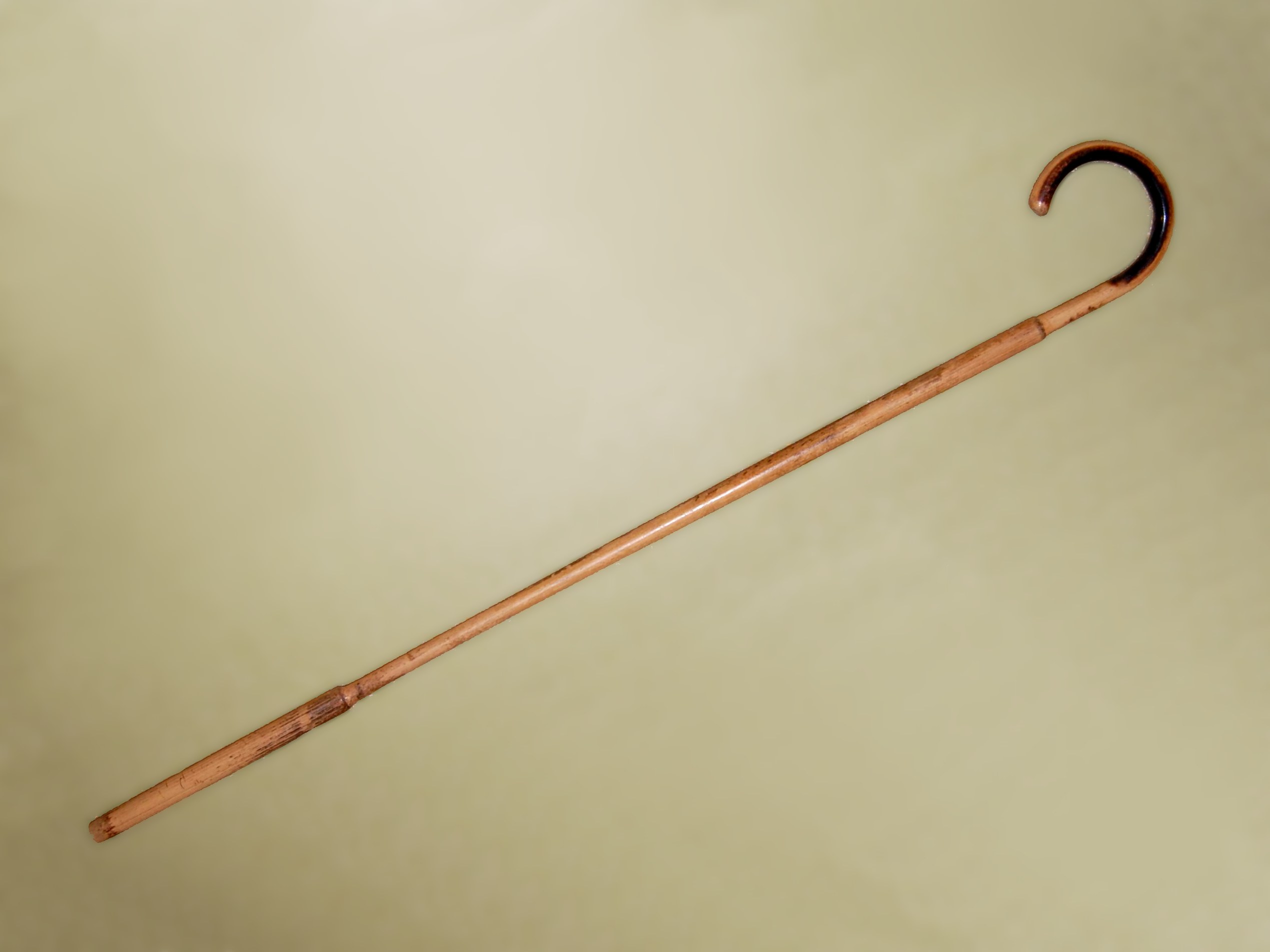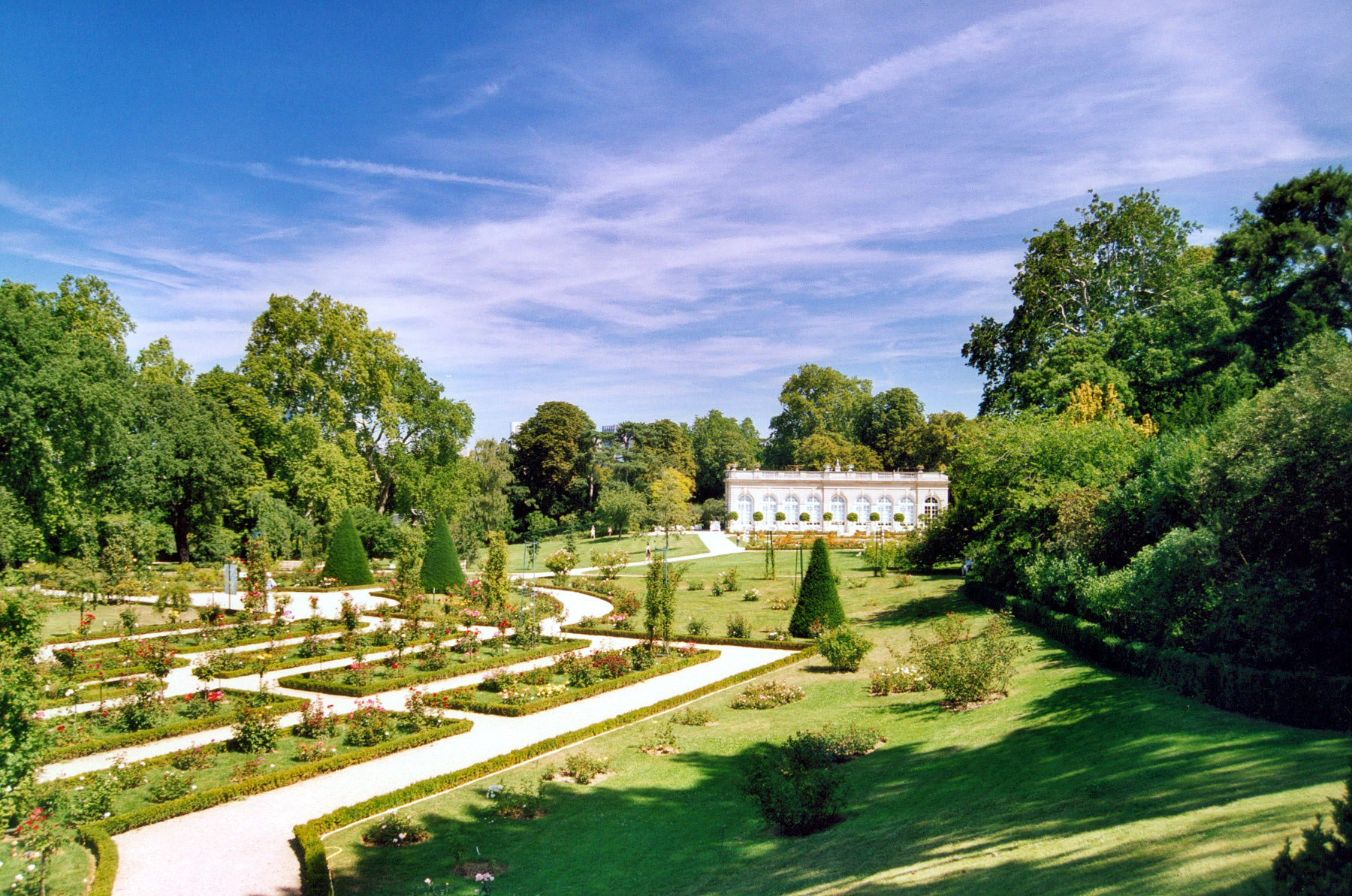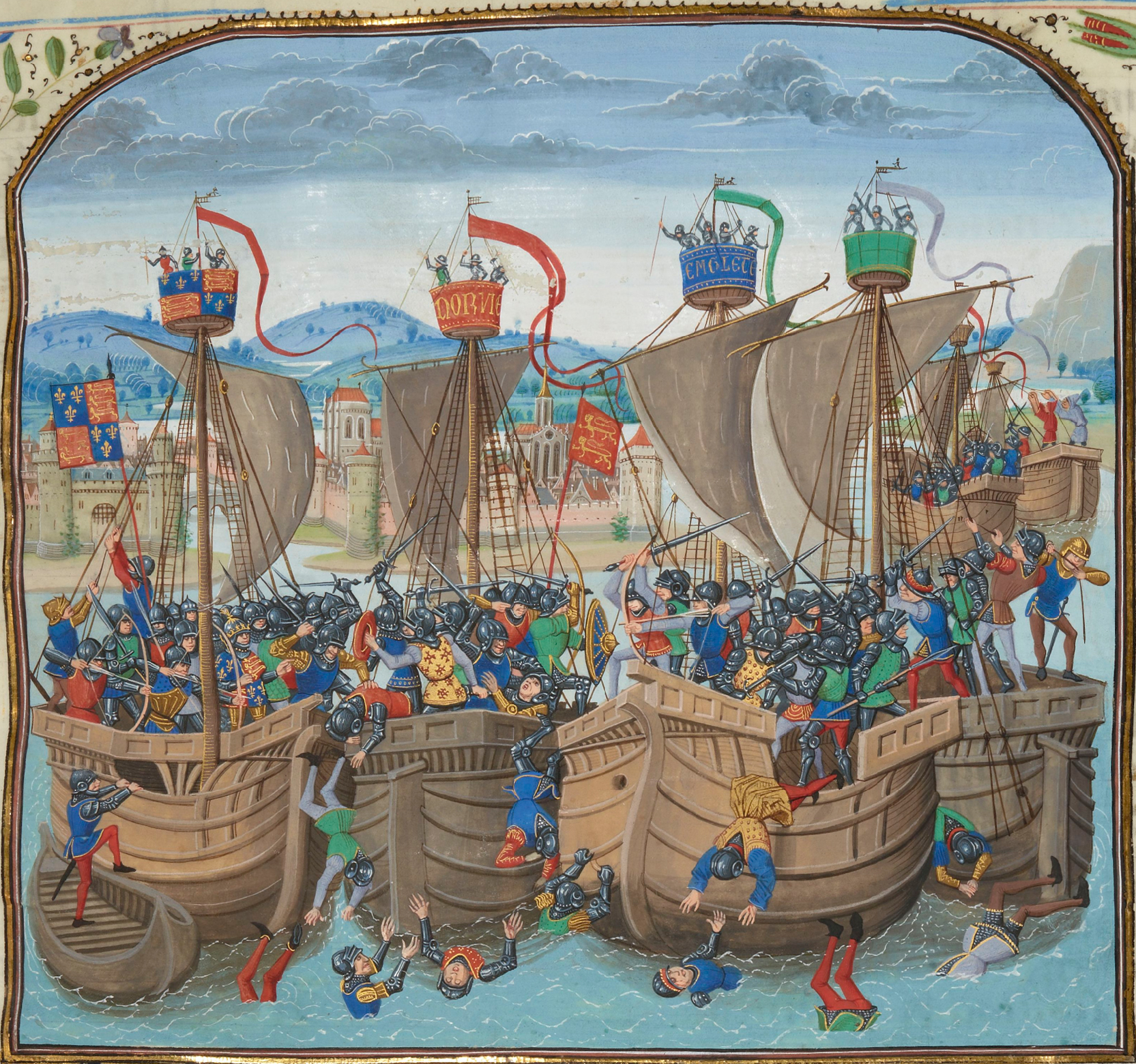|
Le Vélo
''Le Vélo'' was the leading French sports newspaper from its inception on 1 December 1892 until it ceased publication in 1904. Mixing sports reporting with news and political comment, it achieved a circulation of 80,000 copies a day. Its use of sporting events as promotional tools led to the creation of the Paris–Roubaix cycle race in 1896, and the popularisation of the Bordeaux–Paris cycle race during the 1890s. Its demise was a consequence of the creation of the Tour de France by '' L'Auto'', a rival newspaper that had been founded in 1900 from the intense animosity generated by the Dreyfus affair. ''Le Vélo'' was easily recognised by the green-tinted newsprint on which it was published, so ''L'Auto'' (née ''L'Auto-Vélo'') was distinguished by a yellow tint, and thus the 'Yellow Jersey' worn by the leader of the 'Tour de France'. Personnel Pierre Giffard was a French journalist, a pioneer of modern political reporting, a newspaper publisher and a prolific sports organiz ... [...More Info...] [...Related Items...] OR: [Wikipedia] [Google] [Baidu] |
Newspaper
A newspaper is a periodical publication containing written information about current events and is often typed in black ink with a white or gray background. Newspapers can cover a wide variety of fields such as politics, business, sports and art, and often include materials such as opinion columns, weather forecasts, reviews of local services, obituaries, birth notices, crosswords, editorial cartoons, comic strips, and advice columns. Most newspapers are businesses, and they pay their expenses with a mixture of subscription revenue, newsstand sales, and advertising revenue. The journalism organizations that publish newspapers are themselves often metonymically called newspapers. Newspapers have traditionally been published in print (usually on cheap, low-grade paper called newsprint). However, today most newspapers are also published on websites as online newspapers, and some have even abandoned their print versions entirely. Newspapers developed in the 17th century ... [...More Info...] [...Related Items...] OR: [Wikipedia] [Google] [Baidu] |
Géo Lefèvre
Géo Lefèvre (1877–1961) was a French sports journalist and the originator of the idea for the Tour de France. He suggested the idea for the Tour at a meeting with Henri Desgrange, editor of the daily newspaper '' L'Auto'' as a way to boost circulation. Desgrange recruited Lefèvre from the rival daily sports paper, ''Le Vélo'', to work as his rugby and cycling correspondent. Lefèvre played both sports but was keener on cycling. When ''L'Auto''s circulation didn't match the hopes of its backers, Lefèvre was the youngest at a crisis conference held on the first floor of ''L'Autos office in the rue Faubourg Montmartre in Paris. He said in subsequent interviews that he suggested a six-day race round France only because he could think of nothing else to say. Desgrange said: "As I understand it, petit Géo, you are suggesting a Tour de France". The name had been used before, particularly in car racing, as the Tour de France Automobile was first held in 1899, but it was the first ... [...More Info...] [...Related Items...] OR: [Wikipedia] [Google] [Baidu] |
Édouard Michelin (born 1859) , his great-grandson, a former CEO and managing partner of the Michelin Group
{{hndis, Michelin, Edouard ...
Édouard Michelin may refer to: * Édouard Michelin (born 1859), French industrialist, one of the founders of the Michelin company * Édouard Michelin (born 1963) Édouard Michelin (August 13, 1963May 26, 2006) was managing partner and co-chief executive of the Michelin Group. He was the great-grandson of Édouard Michelin (18591940), a co-founder of the company. Life He was born in Clermont-Ferrand; a ... [...More Info...] [...Related Items...] OR: [Wikipedia] [Google] [Baidu] |
Adolphe Clément
''Adolphe'' is a classic French novel by Benjamin Constant, first published in 1816. It tells the story of an alienated young man, Adolphe, who falls in love with an older woman, Ellénore, the Polish mistress of the Comte de P***. Their illicit relationship serves to isolate them from their friends and from society at large. The book eschews all conventional descriptions of exteriors for the sake of detailed accounts of feelings and states of mind. Constant began the novel on 30 October 1806, and completed it some time before 1810. While still working on it he read drafts to individual acquaintances and to small audiences, and after its first publication in London and Paris in June 1816 it went through three further editions: in July 1816 (new preface), July 1824 in Paris (restorations to Ch. 8, third preface), and in 1828. Many variants appear, mostly alterations to Constant's somewhat archaic spelling and punctuation. Plot summary Adolphe, the narrator, is the son of a go ... [...More Info...] [...Related Items...] OR: [Wikipedia] [Google] [Baidu] |
Walking Stick
A walking stick or walking cane is a device used primarily to aid walking, provide postural stability or support, or assist in maintaining a good posture. Some designs also serve as a fashion accessory, or are used for self-defense. Walking sticks come in many shapes and sizes and some have become collector's items. People with disabilities may use some kinds of walking sticks as a crutch but a walking cane is not designed for full weight support and is instead designed to help with balance. The walking stick has also historically been known to be used as a self defensive weapon and may conceal a knife or sword – as in a swordstick or swordcane. Hikers use walking sticks, also known as trekking poles, pilgrim's staffs, hiking poles, or hiking sticks, for a wide variety of purposes: as a support when going uphill or as a brake when going downhill; as a balance point when crossing streams, swamps, or other rough terrain; to feel for obstacles in the path; to test mud and wat ... [...More Info...] [...Related Items...] OR: [Wikipedia] [Google] [Baidu] |
Émile Loubet
Émile François Loubet (; 30 December 183820 December 1929) was the 45th Prime Minister of France from February to December 1892 and later President of France from 1899 to 1906. Trained in law, he became mayor of Montélimar, where he was noted as a forceful orator. He was elected to the Chamber of Deputies in 1876 and the Senate in 1885. He was appointed as a Republican minister under Carnot and Ribot. He was briefly Prime Minister of France in 1892. As President, he saw the successful Paris Exhibition of 1900, and the forging of the Entente Cordiale with the United Kingdom of Great Britain and Ireland, resolving their sharp differences over the Boer War and the Dreyfus Affair. Early life Loubet was born on 30 December 1838, the son of a peasant proprietor and mayor of Marsanne (Drôme). Admitted to the Parisian bar in 1862, he took his doctorate in law the next year. He was still a student when he witnessed the sweeping triumph of the Republican party in Paris at the general ... [...More Info...] [...Related Items...] OR: [Wikipedia] [Google] [Baidu] |
Auteuil-Neuilly-Passy
Neuilly-Auteuil-Passy, sometimes also referred to just as Passy-Auteuil, refers to an area covering the westernmost part of the city of Paris and a neighbouring suburban community. This area is commonly known as one of the richest in Paris, with calm, select and very expensive neighbourhoods. Neuilly-Auteuil-Passy is sometimes abbreviated as NAP. Auteuil (pronounced ) and Passy are part of the 16th arrondissement of Paris, while Neuilly-sur-Seine is a suburb located immediately to their west. The three communities border the Bois de Boulogne park. The area has been described as "the wealthiest, the most cocksure and, in many ways, the most irritating part of the city." Passy Benjamin Franklin lived in Passy from 1777 to 1785. When he left, Thomas Jefferson said, "When he left Passy, it seemed as if the village had lost its patriarch." Honoré de Balzac lived in Passy for over six years. Passy is home to the Musée Marmottan Monet, housed in the Château de la Muette, and ... [...More Info...] [...Related Items...] OR: [Wikipedia] [Google] [Baidu] |
Melee
A melee ( or , French: mêlée ) or pell-mell is disorganized hand-to-hand combat in battles fought at abnormally close range with little central control once it starts. In military aviation, a melee has been defined as " air battle in which several aircraft, both friend and foe, are confusingly intermingled". History of the term In the 1579 translation of Plutarch's '' Lives of the noble Grecians and Romanes'', Sir Thomas North uses the term '' to refer to a disorganized retreat. The phrase was later used in its current spelling in Shakespeare's ''Richard III'', 1594: The phrase comes from the French expression ''pêle-mêle'', a rhyme based on the old French ''mesler'', meaning to mix or mingle. The French term ''melee'' was first used in English in c. 1640 (also derived from the old French ''mesler'', but the Old French stem survives in '' medley'' and ''meddle''). Lord Nelson described his tactics for the Battle of Trafalgar as inducing a "pell mell battle" focused o ... [...More Info...] [...Related Items...] OR: [Wikipedia] [Google] [Baidu] |
De Dion-Bouton
De Dion-Bouton was a French automobile manufacturer and railcar manufacturer operating from 1883 to 1953. The company was founded by the Marquis Jules-Albert de Dion, Georges Bouton, and Bouton's brother-in-law Charles Trépardoux. Steam cars The company was formed in 1883 after de Dion saw a toy locomotive in a store window in 1881 and asked the toymakers to build another. Engineers Bouton and Trépardoux had been eking out a living with scientific toys at a shop in the Passage de Léon, near "rue de la Chapelle" in Paris.Wise, p. 510. Trépardoux had long dreamed of building a steam car, but neither could afford it. De Dion, already inspired by steam (in the form of rail locomotives)Georgano, p. 27. and with ample money, agreed, and De Dion, Bouton et Trépardoux was formed in Paris in 1883. This became the De Dion-Bouton automobile company, the world's largest automobile manufacturer for a time, becoming well known for their quality, reliability, and durability. Before 1883 ... [...More Info...] [...Related Items...] OR: [Wikipedia] [Google] [Baidu] |
Jules-Albert De Dion
Marquis Jules Félix Philippe Albert de Dion de Wandonne (9 March 185619 August 1946) was a French pioneer of the automobile industry. He invented a steam-powered car and used it to win the world's first auto race, but his vehicle was adjudged to be against the rules. He was a co-founder of De Dion-Bouton, the world's largest automobile manufacturer for a time, as well as the French sports newspaper ''L'Équipe''. His life Dion was the heir of a leading French noble family, in 1901 succeeding his father Louis Albert William Joseph de Dion de Wandonne as Count and later Marquis. A "notorious duellist", he also had a passion for mechanics. He had already built a model steam engine when, in 1881, he saw one in a store window and asked about building another. The engineers, Georges Bouton and his brother-in-law, Charles Trépardoux, had a shop in Léon where they made scientific toys. Needing money for Trépardoux's long-time dream of a steam car, they acceded to De Dion's reque ... [...More Info...] [...Related Items...] OR: [Wikipedia] [Google] [Baidu] |
Union Cycliste Internationale
The ''Union Cycliste Internationale'' (UCI; ; en, International Cycling Union) is the world governing body for sports cycling and oversees international competitive cycling events. The UCI is based in Aigle, Switzerland. The UCI issues racing licenses to riders and enforces disciplinary rules, such as in matters of doping. The UCI also manages the classification of races and the points ranking system in various cycling disciplines including road and track cycling, mountain biking and BMX, for both men and women, amateur and professional. It also oversees the World Championships. After the 2022 Russian invasion of Ukraine, the UCI said that Russian and Belarusian teams are forbidden from competing in international events. It also stripped both Russia and Belarus of scheduled events. History UCI was founded in 1900 in Paris by the national cycling sports organisations of Belgium, the United States, France, Italy, and Switzerland. It replaced the International Cycling Associ ... [...More Info...] [...Related Items...] OR: [Wikipedia] [Google] [Baidu] |
Panhard
Panhard was a French motor vehicle manufacturer that began as one of the first makers of automobiles. It was a manufacturer of light tactical and military vehicles. Its final incarnation, now owned by Renault Trucks Defense, was formed by the acquisition of Panhard by Auverland in 2005, and then by Renault in 2012. In 2018 Renault Trucks Defense, ACMAT and Panhard combined under a single brand, Arquus. History Panhard was originally called Panhard et Levassor, and was established as an automobile manufacturing concern by René Panhard and Émile Levassor in 1887. Early years Panhard et Levassor sold their first automobile in 1890, based on a Daimler engine license. Levassor obtained his licence from Paris lawyer Edouard Sarazin, a friend and representative of Gottlieb Daimler's interests in France. Following Sarazin's 1887 death, Daimler commissioned Sarazin's widow Louise to carry on her late husband's agency. The Panhard et Levassor license was finalised by Louise, w ... [...More Info...] [...Related Items...] OR: [Wikipedia] [Google] [Baidu] |





_finished_1st%2C_ruled_ineligible_for_prize.jpg)


